One of the Bridgwater Canal’s most impressive features was the Barton Aqueduct, built to carry the waterway over the River Irwell. When self-taught engineer James Brindley dreamt up the idea, it was met with widespread scepticism and nicknamed the ‘Castle in the Air’. However, the aqueduct was widely regarded as an engineering marvel, drawing visitors from far and wide. Brindley’s Castle in the Air worked for 130 years, until its replacement in 1893 by the present Barton Swing Bridge.
Text about Castle in the Air.
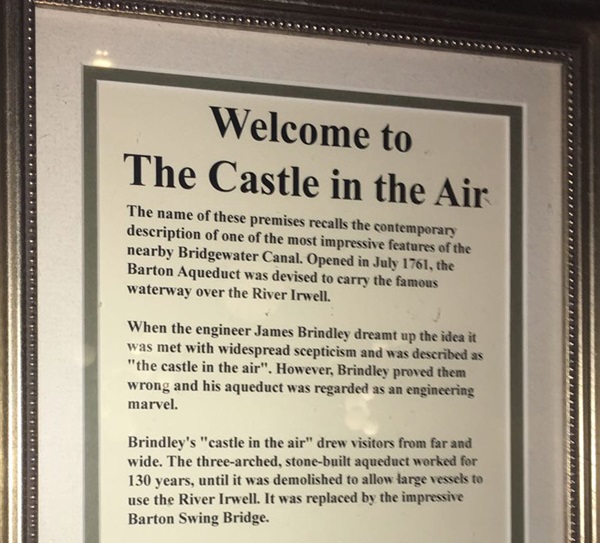
The text reads: The name of these premises recalls the contemporary description of one of the most impressive features of the nearby Bridgewater Canal. Opened in July 1761, the Barton Aqueduct was devised to carry the famous waterway over the River Irwell.
When the engineer James Brindley dreamt up the idea it was met with widespread scepticism and was described as “the castle in the air”. However, Brindley proved them wrong and his aqueduct was regarded as an engineering marvel.
Brindley’s ‘castle in the air’ drew visitors from far and wide. The three-arched, stone-built aqueduct worked for 130 years, until it was demolished to allow large vessels to use the River Irwell. It was replaced by the impressive Barton Swing Bridge.
A collection of illustrations and photographs of the Barton Aqueduct and Barton Swing Bridge.
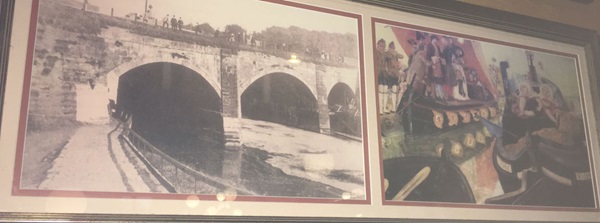
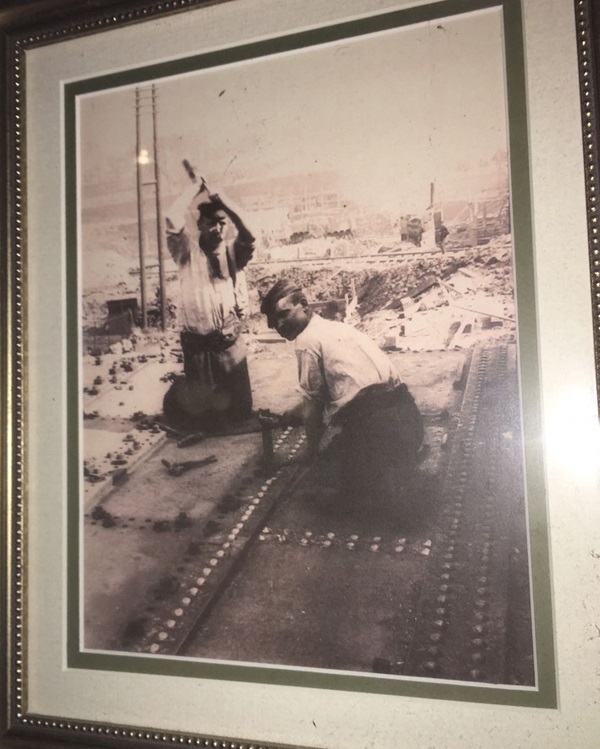
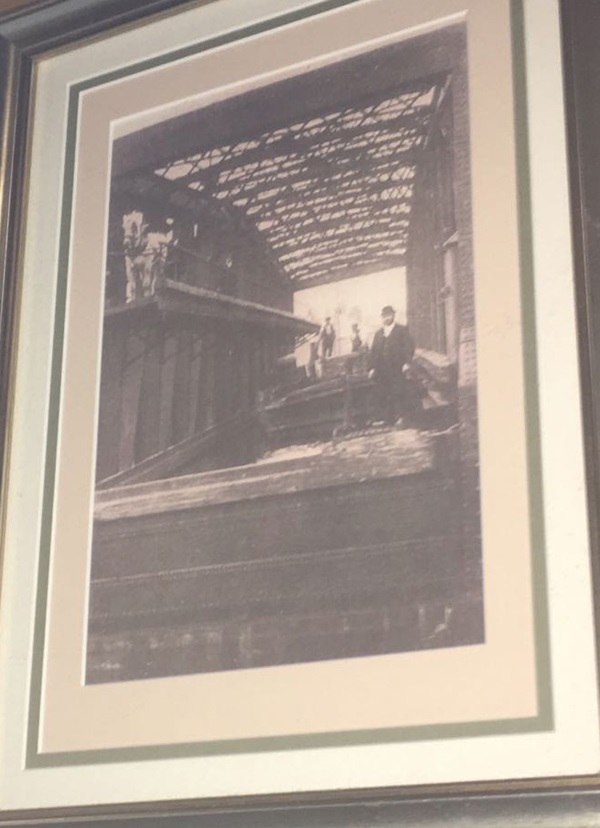
Text about Trafford Park.
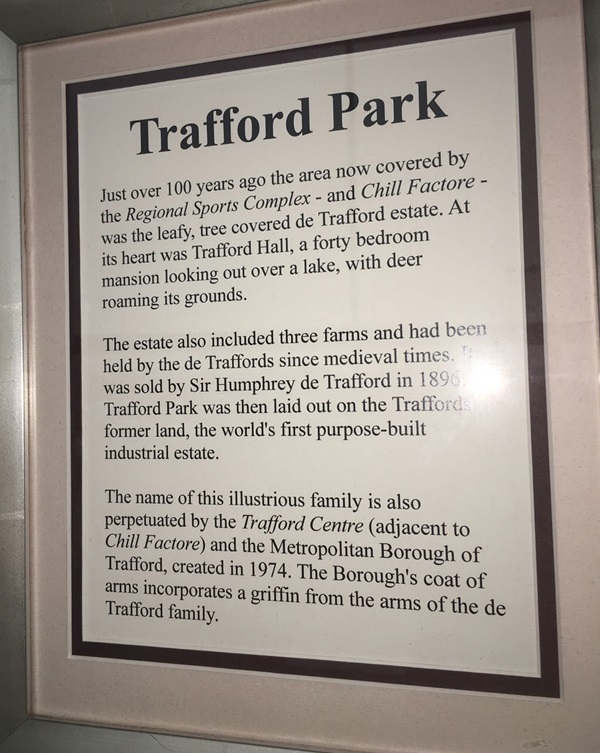
The text reads: Just over 100 years ago the area now covered by the Regional Sports Complex – and Chill Factore – was the leafy, tree covered de Trafford estate. At its heart was Trafford Hall, a forty bedroom mansion looking out over a lake, with deer roaming its grounds.
The estate also included three farms and had been held by the de Trafford family since medieval times. It was sold by Sir Humphrey de Trafford in 1896. Trafford Park was then laid out on the Trafford’s former land, the world’s first purpose-built indusial estate.
The name of this illustrious family is also perpetuated by the Trafford Centre (adjacent to Chill Factore) and the metropolitan Borough of Trafford, created in 1974. The borough’s coat of arms incorporates a griffin from the arms of the de Trafford family.
A photograph of an entrance to Trafford Park, 1898.
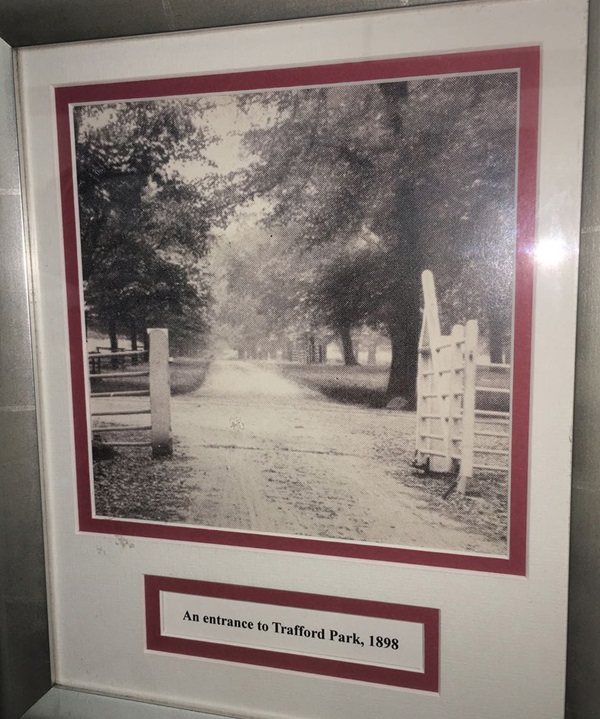
A photograph of the park’s main entrance, July, 1905.
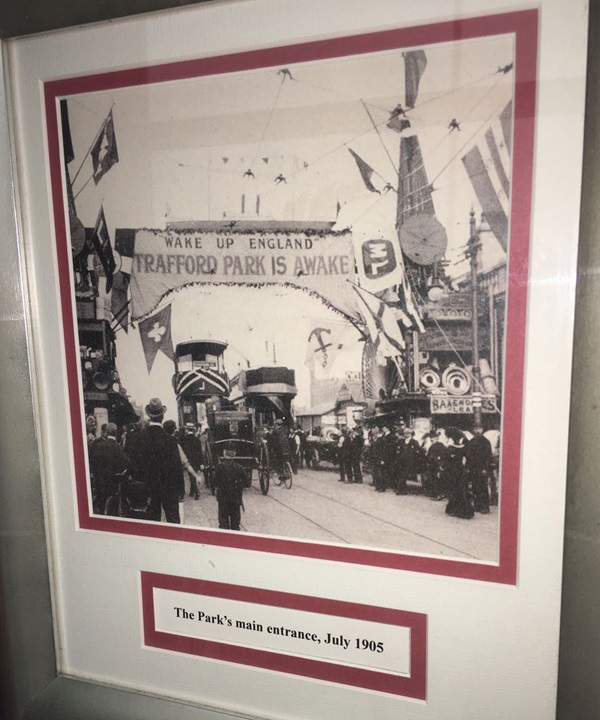
Text about the Manchester Ship Canal.
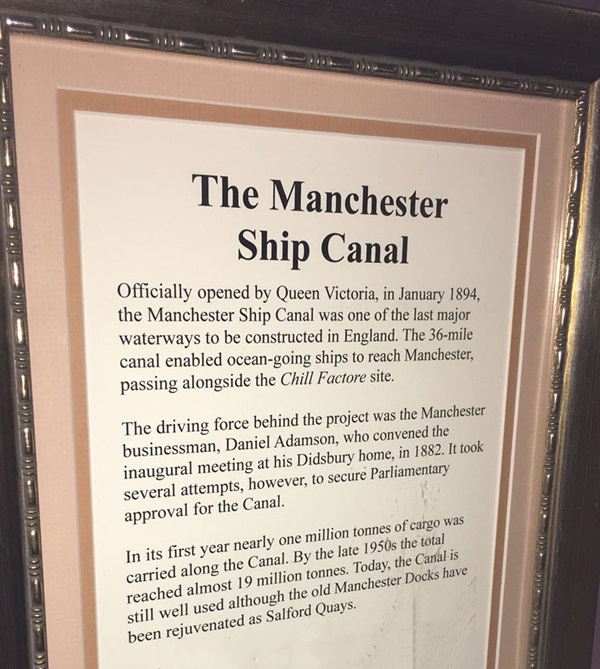
The text reads: Officially opened by Queen Victoria, in January 1894, the Manchester Ship Canal was one of the last major waterways to be constructed in England. The 36 mile canal enabled ocean going ships to reach Manchester, passing alongside the Chill Factore site.
The driving force behind the project was the Manchester businessman, Daniel Adamson, who convened the inaugural meeting at his Didsbury home, in 1882. It took several attempts, however to secure parliamentary approval for the canal.
In its first year nearly one million tonnes of cargo was carried along the canal. By the late 1950s the total reached almost 19 million tonnes. Today the canal is still well used although the old Manchester Docks have been rejuvenated as Salford Quays.
A collection of photographs and illustrations of the Manchester Ship Canal.
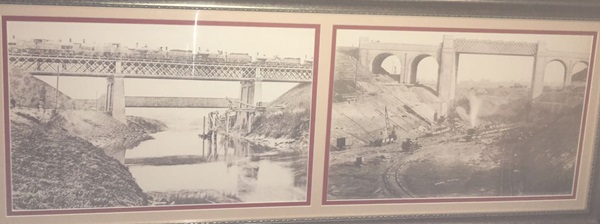
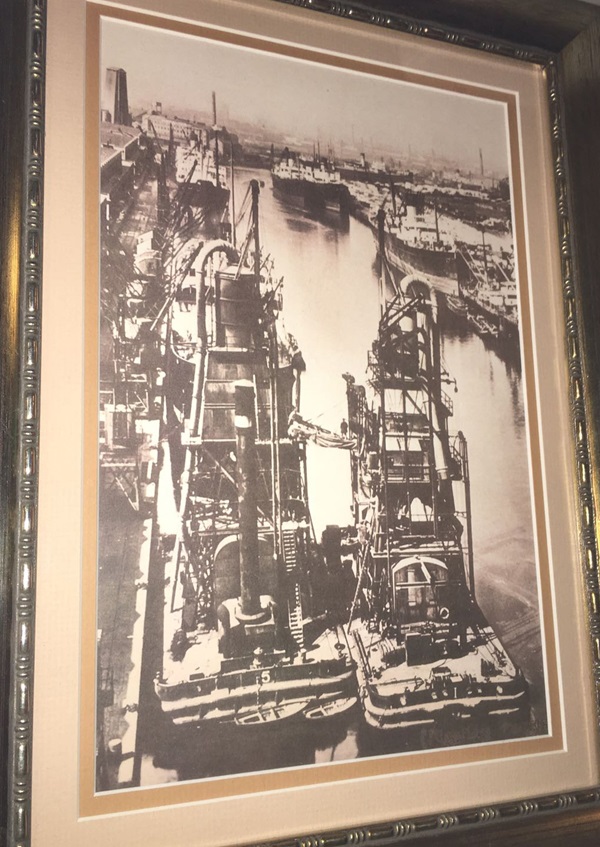
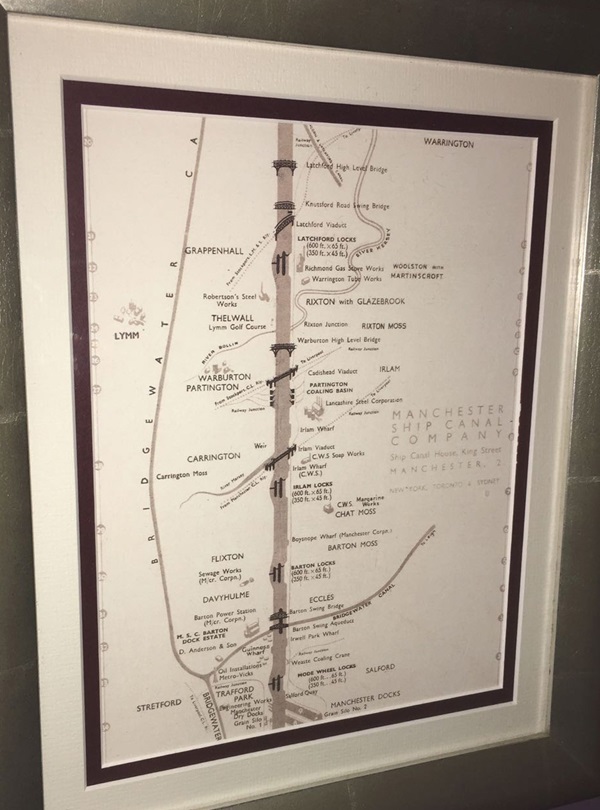
Photographs and an illustration of the de Trafford’s country estate.
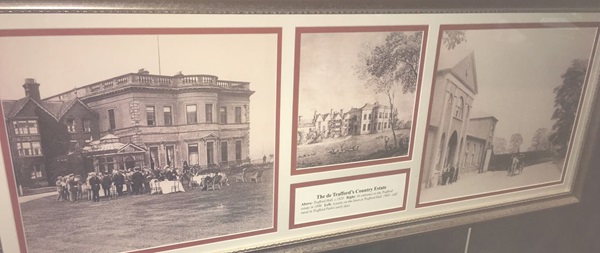
Above: Trafford Hall, c1820
Right: An entrance to the Trafford estate in 1896
Left: A party on the lawn at Trafford Hall, 1905 – still rural in Trafford Park’s early days.
A photograph of Calvert and Sons, lard refiners, c1925.
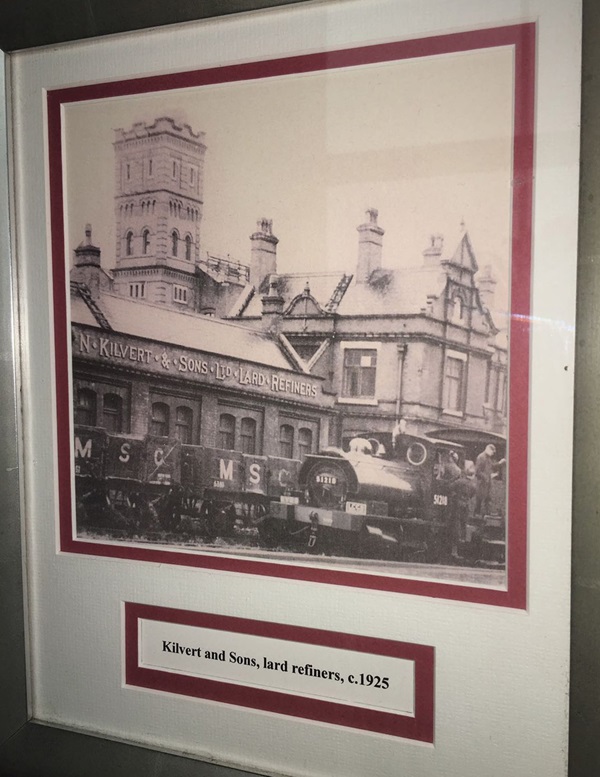
An art display entitled The Castle in the Air.
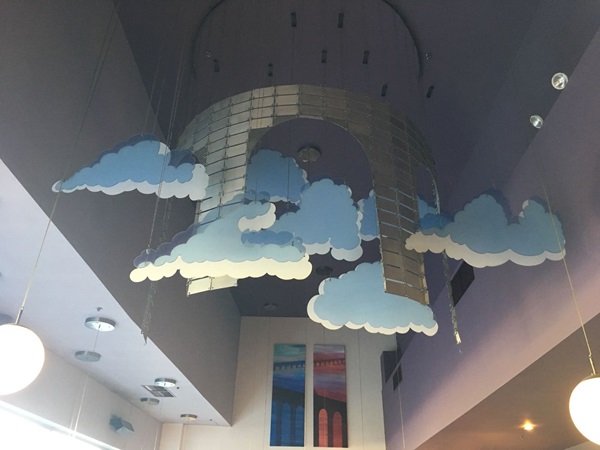
External photograph of the building – main entrance.
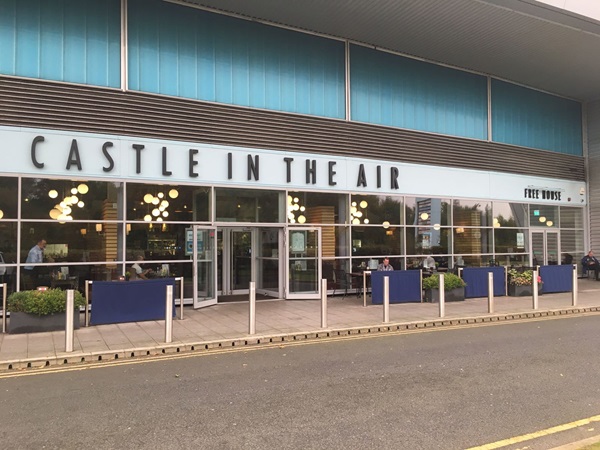
If you have information on the history of this pub, then we’d like you to share it with us. Please e-mail all information to: pubhistories@jdwetherspoon.co.uk